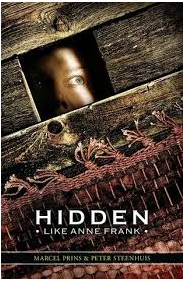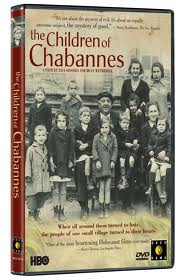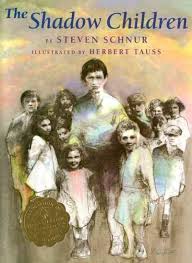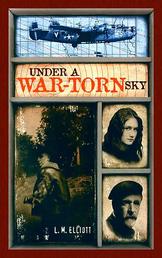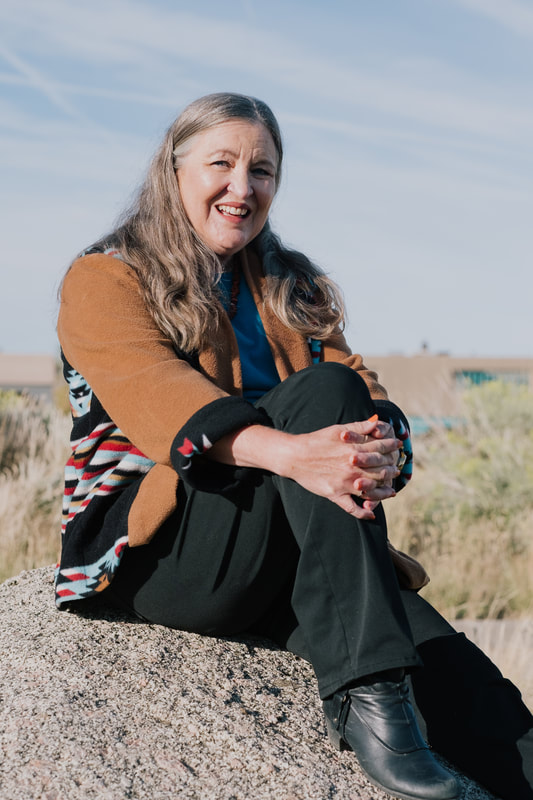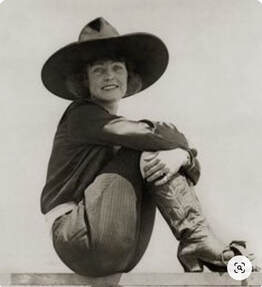
When I write, I amass pictures to help me envision my characters and settings. My inspiration for Agnes Day is a contemporary of hers, an inspiring, real woman named Mabel Strickland. Mabel, who was born in Walla Walla, Washington, in January 1897, learned to ride the same time she was learning to walk. Standing just over five feet tall, she was slim, but muscular enough to throw a 345-pound calf to the ground and pin its flailing legs, a feat that even male cowboys find difficult. She started her riding career when she was only fifteen years old. By 1916, Mabel was competing in rodeos. She continued to compete – and win – for 26 years.
Like Mabel, Agnes Day wears her hair bobbed. One of her suitors, trying to gain her favor says “Bobbed hair like yours is very fashionable now, though. I saw a lot of it on the girls in Boston, where Harvard is. You would fit right in.” Agnes responds with ““I don’t care a continental about fashion, and I don’t care about fitting in,” then watches with satisfaction as the young man blushes. Agnes’ mother then says that “Our Agnes is a practical girl. She bobbed her hair so it won’t get into her eyes when she’s riding.”
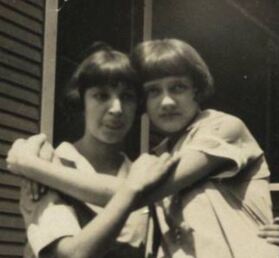 My grandmother (left) and her sister with their new, modern bobs.
My grandmother (left) and her sister with their new, modern bobs. While neither a rancher nor a rodeo rider, my own grandmother showed some bravery by getting the same haircut that Mabel Strickland and Agnes Day had. The family story is that she and her sister quietly went into their father’s room when he was sleeping and asked if they could get their hair cut. In his half-asleep state, he assented. The girls then went out and got their hair bobbed, being the first women in Deshler, Nebraska to do so. The family was not happy, but my grandmother and her sister started a trend, and soon many of the girls in town had bobbed hair.

To see more images related to this story, visit her Pinterest page.



